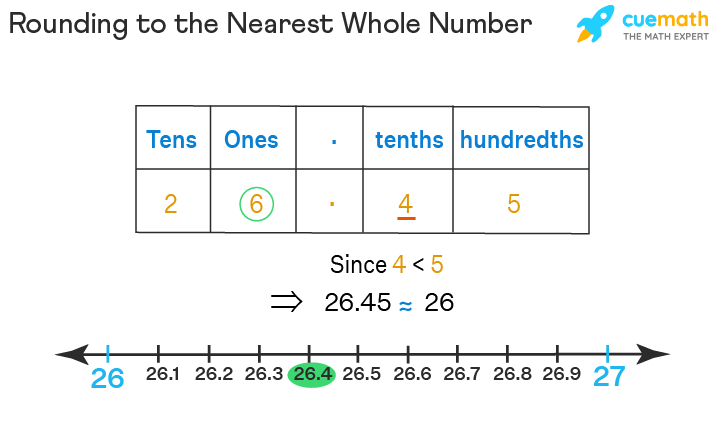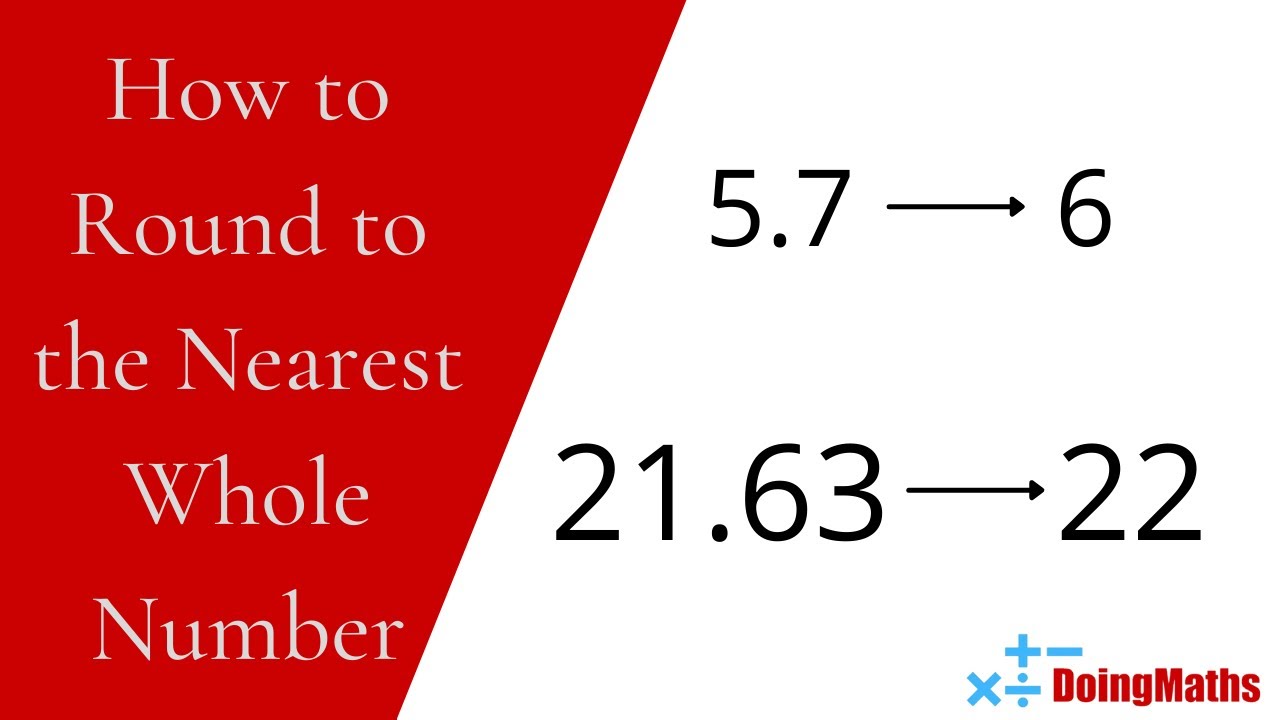Well, let me tell you something about rounding numbers, especially when we talk about 16.3. Now, don’t you worry, it’s not as hard as it sounds, and I’ll explain it in a way that even a country grandma like me can understand.
Now, 16.3, you see, it’s a number that’s got a whole part and a little part after the decimal. The part before the dot, the 16, that’s the whole number. The part after the dot, the .3, that’s what we gotta worry about when rounding.

So, here’s the deal. When we round numbers like 16.3 to the nearest whole number, we look at the digit after the decimal. In this case, that’s the 3. Now, the rule is pretty simple. If the number after the decimal is 5 or bigger, we round up to the next whole number. But if it’s smaller than 5, like our 3 here, we just round it down, and that means we leave it at the 16.
It’s like if you’ve got 16 apples in the basket and someone gives you just a little bit more than 16, but not enough to make it 17. You ain’t gonna count it as 17, right? So, you’d just say it’s still 16 apples. Same thing with the number 16.3. Since 3 ain’t big enough to push it up, we stick with 16. That’s the whole number we round to.
How do we know when to round up or down?
Well, it’s just like I said. Look at the digit right after the decimal. If it’s 5 or higher, you go up. If it’s less than 5, you leave it alone and stick with the whole number before it. So, with 16.3, that 3 means we keep it at 16. Simple, right?
- If the number after the decimal is 5 or more, round up.
- If the number is less than 5, round down or keep the whole number as it is.
Now, if we had something like 16.7, well, that would be rounded up to 17, ‘cause 7 is bigger than 5. But in the case of 16.3, like I said, we don’t round it up, we round it down, and the answer is 16.
Why do we round numbers anyway?

Well, rounding helps us to make numbers easier to work with. If you had to add or subtract lots of numbers with decimals, it’d take forever! But if you round ’em off to whole numbers, things get a whole lot simpler, like when you’re trying to figure out how many potatoes to plant in the garden. Ain’t nobody got time to count out every little decimal when you just need to know the whole amount!
So, when you hear folks talk about rounding numbers, just remember this rule: anything less than 5 gets rounded down, and anything 5 or more gets rounded up. That’s how we deal with 16.3. Keep it at 16 and don’t let that little .3 throw you off track!
And that’s all there is to it! I hope you understand now how to round a number like 16.3 to the nearest whole number. It’s not so bad once you get the hang of it, and you’ll be rounding numbers in no time, just like a pro.
Tags:[rounding numbers, rounding to the nearest whole number, rounding rules, basic math, decimals]